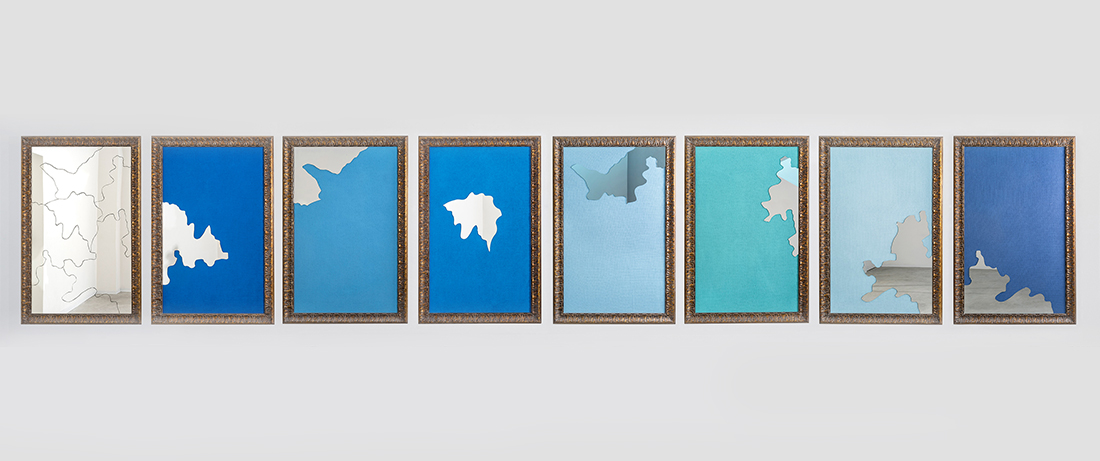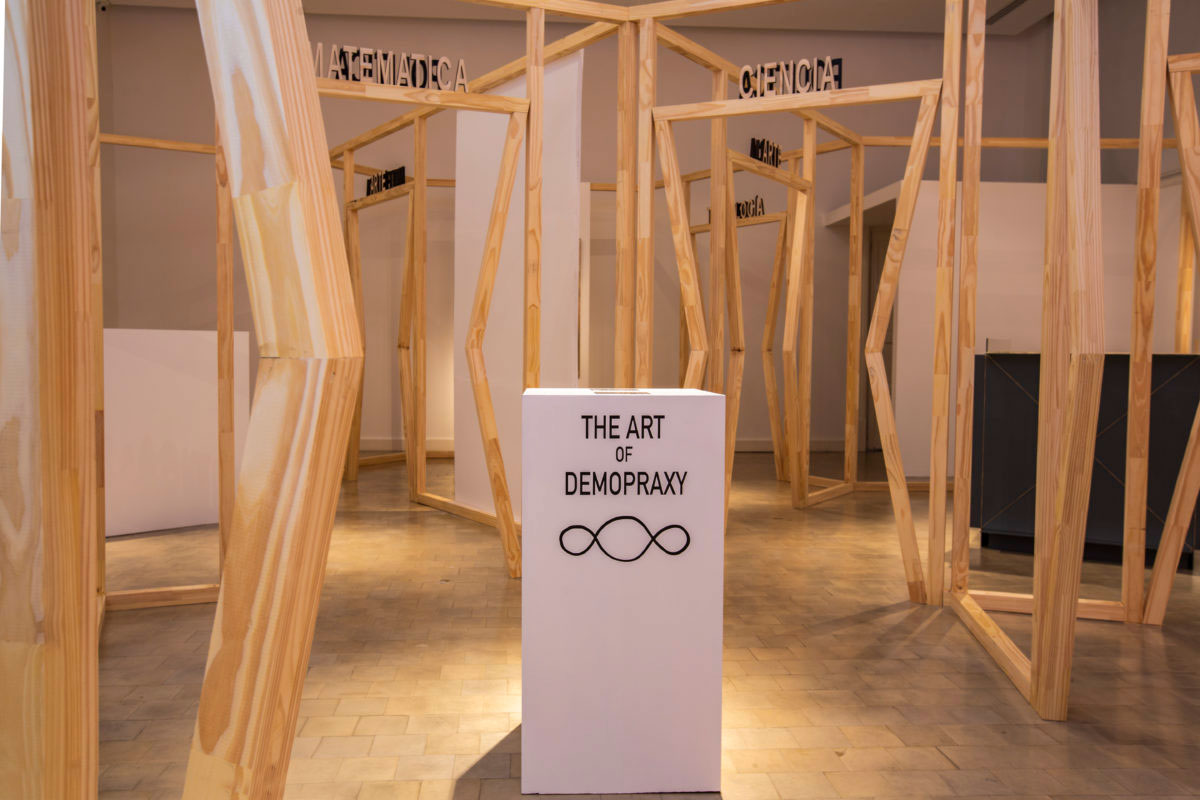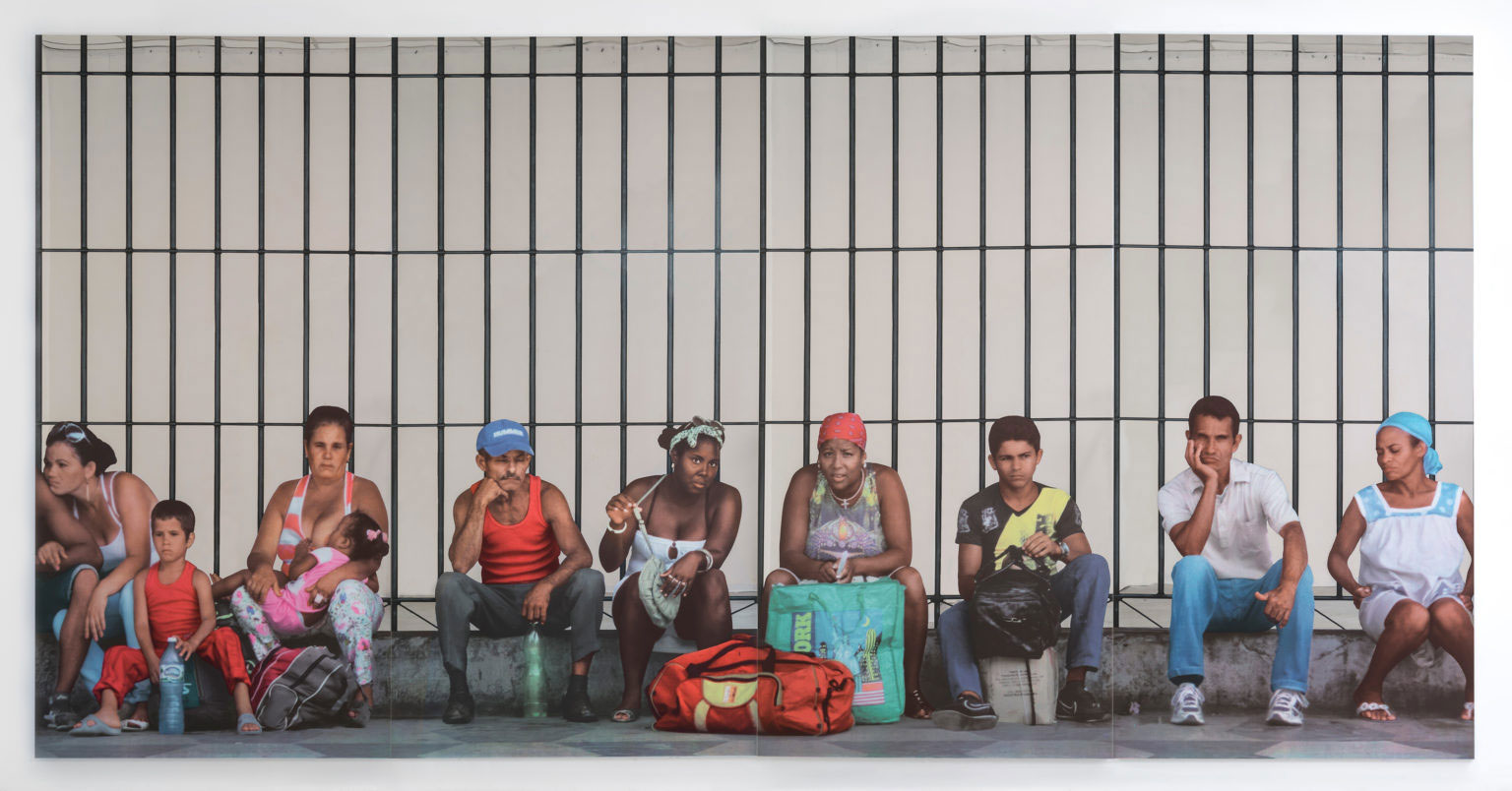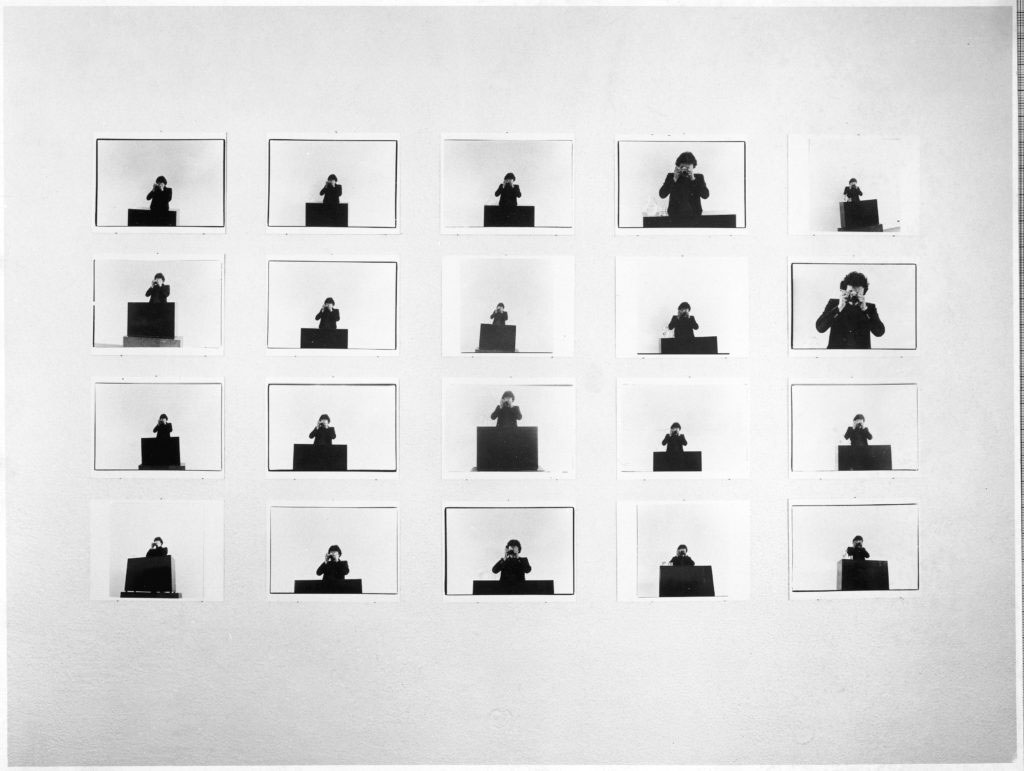ART CITIES:N.York-Michelangelo Pistoletto
 Michelangelo Pistoletto believes that artists have as mission to change the world. Since the ‘60s Michelangelo Pistoletto’s work has followed two paths, a body of Conceptual sculpture grounded in the tenets of Arte Povera and an ongoing iconic series of Mirror Paintings. Representing his dual interest in Conceptualism and figurative representation, together these bodies of work have earned Michelangelo Pistoletto enduring international recognition.
Michelangelo Pistoletto believes that artists have as mission to change the world. Since the ‘60s Michelangelo Pistoletto’s work has followed two paths, a body of Conceptual sculpture grounded in the tenets of Arte Povera and an ongoing iconic series of Mirror Paintings. Representing his dual interest in Conceptualism and figurative representation, together these bodies of work have earned Michelangelo Pistoletto enduring international recognition.
By Dimitris Lempesis
Photo: Lévy Gorvy Gallery Archive
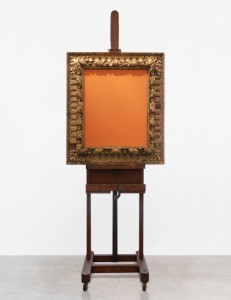
The first US presentation in a decade to feature multiple installations by Michelangelo Pistoletto at Lévy Gorvy, take visitors on a journey through one of the most influential and enduring artistic practices to unfold from the postwar period to the present. Upon arriving at the gallery, visitors to the exhibition are greeted by an installation inspired by a pairing included in “One and One Makes Three”, Pistoletto’s 2017 retrospective at the Basilica di San Giorgio Maggiore during the Venice Biennale. Featuring the artist’s signature use of mirrors, the grouping includes Pistoletto’s historic “Viceversa” (1971) and the recent “Color and Light” (2016–17). Together these works create a dynamic, constantly metamorphosing environment and dramatizing the contrast between the fixity of the past and the ever-changing nature of the present. The second floor of the exhibition is dominated by a cage-like structure defined by steel bars. Empty and inaccessible to the viewer, this installation is titled with words that are spelled out around its perimeter: “The Free Space” (1976–2020). The first and only English-language version of Spazio Libero, a work that Pistoletto conceived in 1976 and realized in 1999 with inmates in Milan’s San Vittore prison. As Pistoletto says “The Free Space provokes reflections on freedom, imprisonment, and the real but often hidden boundaries of society. Spazio Libero is a free space inside prison, a mental space, a behavioral space, a virtual space that implies the concept of freedom of thought, which is the truest possession of liberty”. The exhibition’s top floor is entirely occupied by “Porte Uffizi” (1994–2020), a unique, newly realized version of a seminal installation by Pistoletto, comprised of an open-timber architectural structure of subdivided chambers, each labeled with a single word such as Economy, Science, and Spirituality. Major works by Pistoletto will be installed within each chamber, illustrating Pistoletto’s belief that art should unite with other aspects of society.
Photo: Michelangelo Pistoletto, Exhibition view, Lévy Gorvy Gallery-New York, 2020-2021, Courtesy the artist and Lévy Gorvy Gallery
Info: Lévy Gorvy Gallery, 909 Madison Avenue , New York, Duration: 14/10/2020-9/1/2021, Days & Hours: Mon-Sat 10:00-18:00 by appointment (book here), www.levygorvy.com
